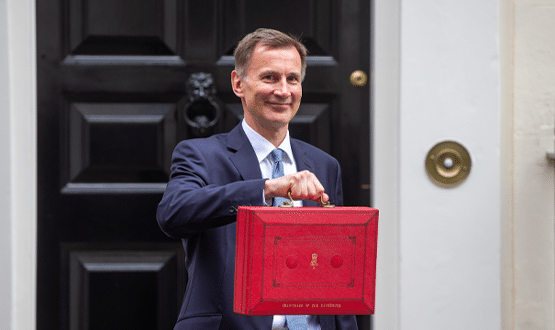E-prescribing use remains extremely low in the NHS
- 9 June 2016

Levels of electronic prescribing in NHS hospitals remain stubbornly low, with less than a fifth of hospitals making widespread use of inpatient e-prescribing. In addition, trusts that have had e-prescribing systems the longest are making the poorest use of them.
The bleak picture emerges from NHS England’s Digital Maturity Index, which found that despite the focus on e-prescribing in successive IT strategies and two rounds of technology funding, only 19% of NHS hospitals use e-prescribing for 60% or more of inpatient prescribing.
Ann Slee, NHS England’s e-prescribing advisor, told a recent conference that it had also carried out a specific piece of work on the digital maturity of e-prescribing, which found that: “Overall use of functionality is poor.
“Trusts that have been using e-prescribing the longest have the poorest use. Those coming up from behind are starting to leapfrog those ahead.”
The DMI findings are supported by Digital Health Intelligence’s Clinical Digital Maturity Index, which suggests that by 2015, just 38% of England’s 154 acute trusts had implemented e-prescribing, and just 25% had implemented e-prescribing with clinical decision support.
E-prescribing has been a focus of successive NHS IT strategies. The National Programme for IT in the NHS tried to drive it forward nationally as part of the development of detailed care records.
When the programme stalled, e-prescribing was included in the ‘Clinical 5’ systems that Sir David Nicholson, the chief executive of the NHS at the time, urged trusts to implement to revive medical interest in IT.
More recently, the coalition government aimed to support e-prescribing through the technology funds that it set up to take forward the ‘Personalised Health and Care 2020’ framework.
But while the ‘Safer Hospitals, Safer Wards: Technology Fund’ was initially billed as an e-prescribing fund, it was eventually used to fund a wider range of projects.
And the subsequent ‘Integrated Digital Care Record’ fund was slashed from £240 million to £44 million in November 2015 to address ‘winter pressures’ in an election year.
In a Digital Health News special report on e-prescribing, published today, Professor Michael Thick, the chief medical officer of IMS Maxims, says: “Central support evaporated. The ambition is there; but not the means.”
Suppliers interviewed for the special report said they remain optimistic that further funding will be found from the £4.2 billion that health secretary Jeremy Hunt has said will be spent on healthcare IT this Parliament.
But other barriers to e-prescribing include the high levels of infrastructure and digital maturity required to implement it. Slee told the conference that: “Lack of a decent wi-fi network is one of the most common causes of failure.
“When we look at the same system being used across different trusts the pattern of use varies a lot. Our data shows we have a cohort not using a system to any extent: that’s anyone with a score of less than 10% on reach.”
Further funding is also likely to be linked to the local digital roadmaps that local health economies are drawing up, which are in turn linked to the sustainability and transformation plans that are being developed to support the ‘Five Year Forward View’.
However, Slee told the conference that the National Information Board is developing a digital medicines management strategy with three main components: community pharmacy, where contract negotiations are underway; supply chain; and secondary uses of prescribing data.
“We’ve not had a single approach on digital medicines management and we are now moving forward a programme of digital medicines programme,” explained Slee, who added that a further impulse for this work was Lord Carter’s review of NHS efficiency.
The Digital Maturity Index shows that only a third of trusts have inpatient e-prescribing, and only 39 are acute trusts prescribing digitally for inpatients. Mental health trusts lag even further behind, with most having only outpatient e-prescribing, where they have it at all.
The CDMI’s data also suggests that the rate of roll-out was slowing in the run up to the tech fund 2 collapse; with 40 English acute trusts reporting that they had inpatient e-prescribing in 2013, an additional 12 (52 total) reporting this in 2014, and just three more (55 total) reporting this in 2015.
Read Digital Health News’ annual report on e-prescribing in the clinical software hub.



